Albania is a mountainous Mediterranean country that started producing wine in the Bronze Age. It lies just north of Greece and across the Adriatic Sea from Italy. So, it obviously has great potential as a wine-producing nation. But how do you create an Albanian wine that will rock the wine world, raise the profile of Leskovik as a wine region, and get people talking about the potential of indigenous grape variety Debine e Zezë as well as Albania as a new source for Balkan grape Mavrud?
Come with me on my journey from concept to inception, as I take a treacherous road to one of the most beautiful vineyards in the world. As a fledgling winemaker working with largely unknown grapes in a foreign land, I’m keen to learn from Canopy’s family of prestigious winemakers. So, the question for you, as you read this article, is what would you have done differently? How can I improve things going forward? Email me at chris(dot)boiling(at)wrbm.com if you have any suggestions.
Here’s an outline of my initial thinking.
The idea
Pick a beautiful vineyard
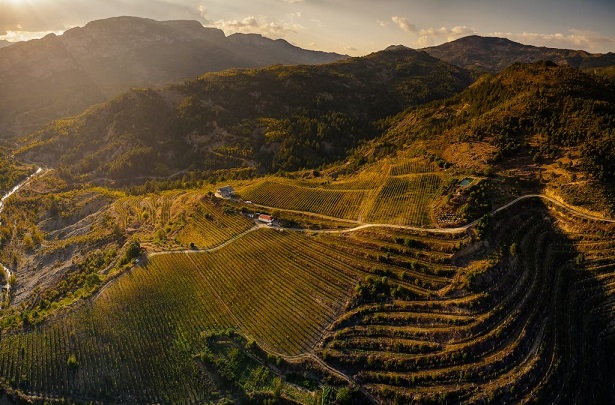
My experience in visiting vineyards with Canopy and World’s Best Vineyards is that ‘beautiful places make beautiful wines’. For my Albanian harvest adventure, I am heading for a stunningly picturesque vineyard in the far south of the country, near the border with Greece. It’s one of the prettiest vineyards I’ve seen. The vines, planted in 2009, are a mix of local, regional and international varieties.
The road there from the winery in Barç, Korçe – 90 minutes away – is long and winding and very bumpy. The final leg, up a mountain, is the most bone-rattling. You don’t want to make this journey if you have kidney stones.
We drive through a stream and start the ascent, aiming towards a three-bedroom house made of boulders from the river and vineyard. Boulders litter the track. I’m wishing they had made the house larger and employed a few more boulders for the walls.
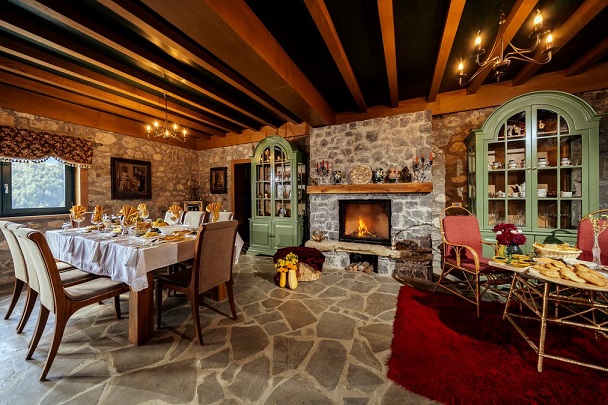
The house is 750m above sea level. It’s surrounded by 48,000 vines and majestic mountains carpeted in pine and oak forests. Strong winds buffer the vines, some of which are on slopes of 20-45˚ while others are on terraces carved out of the mountain. Most of the grapes have been harvested by the time I arrive. Yield is about 40% down this year, I'm told. Heavy rain during flowering and Peronospora have taken their toll here, as elsewhere, but the grapes left hanging for me appear healthy.
Owner Maksim Fejzulla bought the estate with his wife, Diana, after coming to the mountains near her home in Leskovik to build a small hydropower plant in 2008. Initially, he acquired 6ha of land and planted “the cultivars that had a history and that had left traces in the region”. These included Mavrud, which had been cultivated here since 1945 and became especially popular in the 1960s, plus the indigenous grape varieties Debine e Bardhë (white) and Debine e Zezë (black). The landholding has since been increased to 16ha – with 35,000 Mavrud vines providing the lion’s share of the wine and the brand name, Max Mavrud.
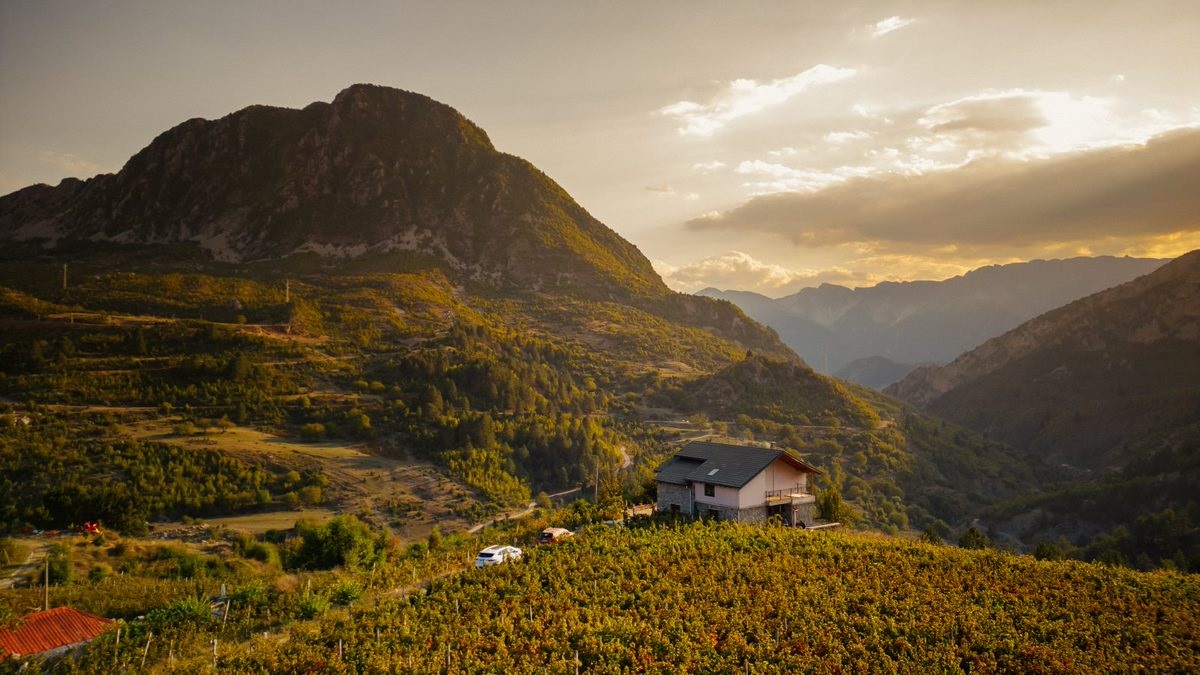
It really is a glorious, peaceful location. It seems far from anywhere, which I like, and far from being a monoculture, which I like even more. As well as the surrounding forests, there are plenty of fruit and nut trees. A distillery in town is starting to produce gin from the local juniper bushes. A pumpkin patch surrounds the 3m-deep rainwater reservoir. Below that are the beehives and vegetable garden. The house is surrounded by flowers. It all adds to the serenity and beauty of this isolated spot.
The remoteness, which helps with disease prevention, means the nearest vineyards are the other side of Melesini Mountain – 5km away if you are a bird, 10km if you want the excitement of a bumpy road with sheer drops into tributaries that flow into the Vjosa River – dubbed “the last wild river in Europe”, as it flows uninterrupted for 270km (170 miles) from Greece to the Adriatic Sea, separating Greece and Albania, without any dams or power stations.
Choose enthusiastic collaborators
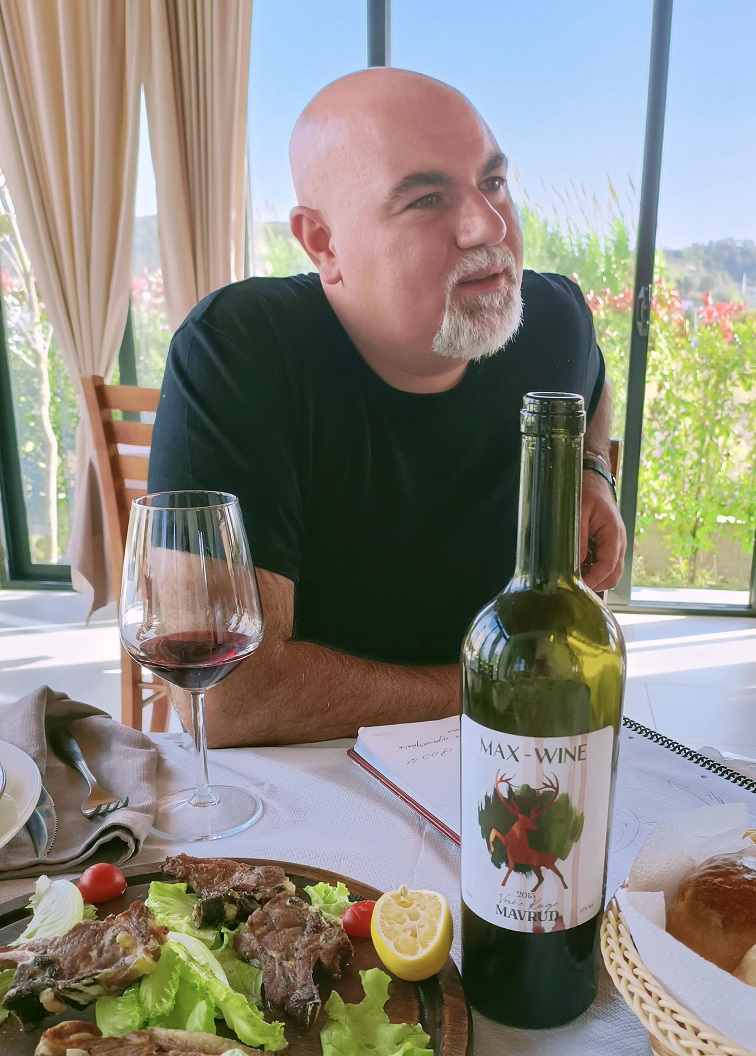
Max Mavrud has been producing wines from grapes grown here since 2013, with consultant winemaker Bledar Laçi (above) taking control of production in 2016.
Bledar prefers simple, classic techniques:
- Fermentation with commercial yeasts in stainless-steel tanks at 17-18˚C.
- Total maceration time for the reds of around one month. The skins are then pressed softly, with the wine returned to tanks for settling over winter. When the tanks warm up in the spring, the wine undergoes MLF naturally.
- After that, the wines are lightly filtered, with some going into 300L used barrels for 6-12 months, depending on the age of the barrel, and some remaining in tanks. Total ageing time before bottling is usually 18 months.
Check they have a spotlessly clean winery
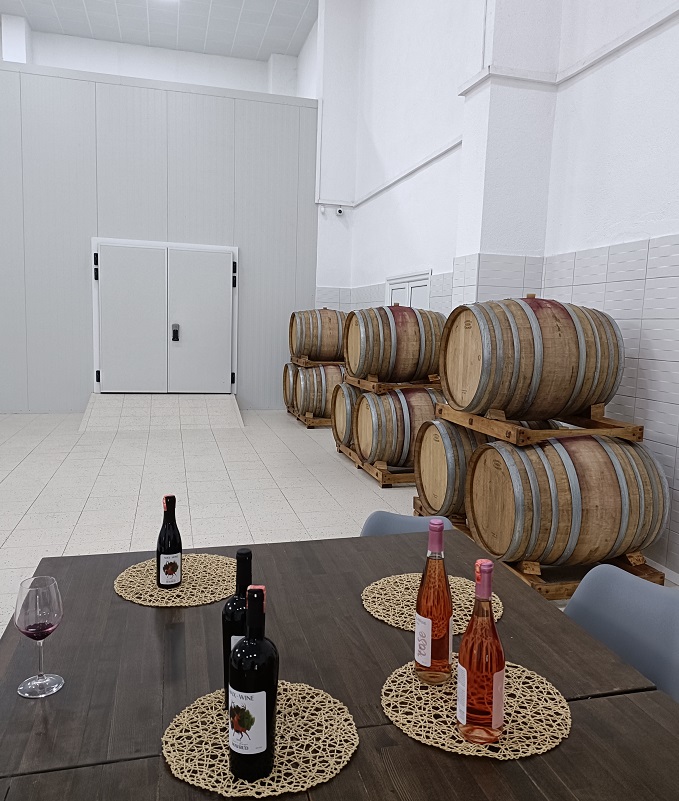
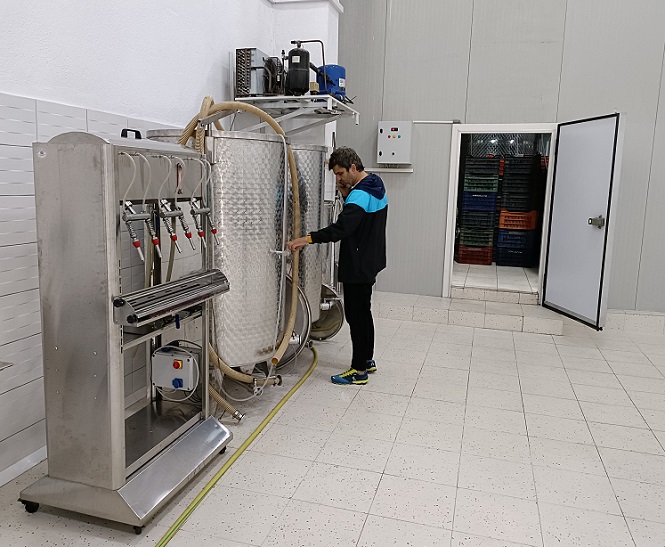
The winemaking takes place here, in Max Mavrud’s spotlessly clean winery in Korçe. The spacious winery was once a warehouse for one of the region’s key agricultural products, sugar.
There is plenty of room for expansion, as the demand for premium Albanian reds skyrockets!
The plan
Work with exciting grape varieties
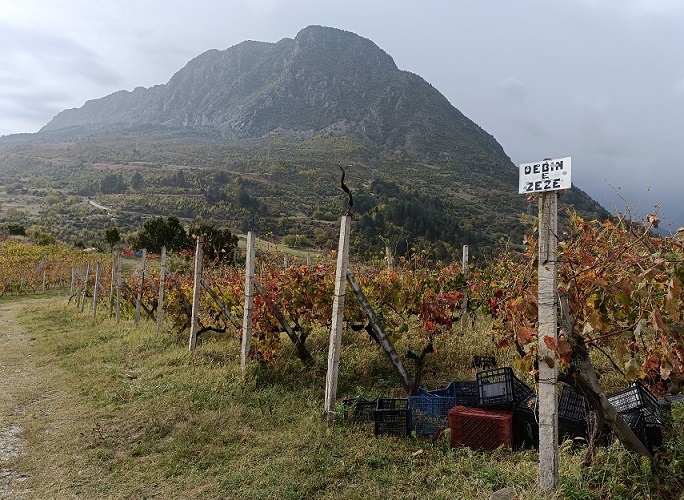
On the eve of the harvest, I get my first taste of indigenous grape variety Debine e Zezë. Like Mavrud, it’s dark in colour – deep purple or black. The aromas are intense: black fruits such as blackberries and blackcurrants rise from the glass. There are also hints of spices and earthiness. I definitely want to use this grape to add something special and unusual to my red blend!
But there isn’t much of it. The focus here, as the name implies, is Mavrud. There are a few other red varieties growing on the mountainside – ‘few’ being the operative word after another year of yield-hitting challenges. So, the Debine e Zezë gets co-fermented with the other minor reds: Merlot, Pinot Noir and Syrah.
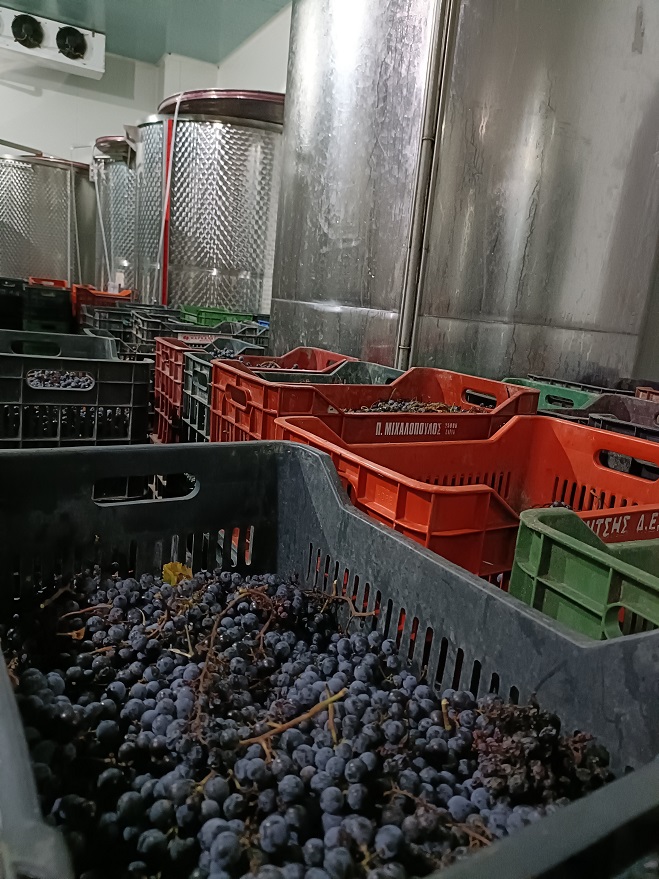
When I came here, I envisioned the blend being dominated by Mavrud, but we decide the co-fermentation is going to be the prime focus and the Mavrud is only going to contribute about 40% (this year). Like the other grapes, the Mavrud is chilled (above) for a couple of days before destemming and crushing.
About 25-30% is bled off for a rosé for two reasons. Firstly, Max Mavrud doesn’t have many white grapes so, to cater for the tourist trade in Albania’s increasingly popular Adriatic beach resorts, they are producing rosés. Secondly, we’re aiming for a premium red and we think a more concentrated Mavrud will give more structure and lift. As with the other wines, the fermentation is in a temperature-controlled tank. After a month, the skins will be pressed softly and the wine returned to the tank for natural settling and, in the spring, natural MLF.
The proportions in the co-fermentation are:
Debine e Zezë – 750kg
Merlot – 550kg
Pinot Noir – 350kg
Syrah – 350kg
The numbers of the must are:
Brix – 26.5˚
Potential alcohol – 15.5%
pH – 3.59
TA – 4.2g/L
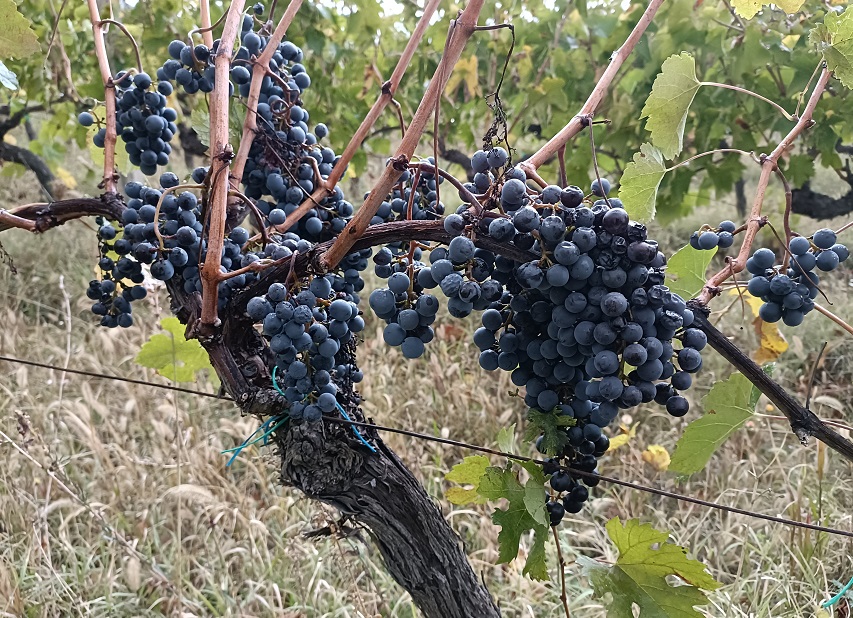
The blend of Debine e Zezë, Merlot, Pinot Noir and Syrah tells the story of this tough vintage: quantities kept so low by rain during flowering and downy mildew that it wasn't worth vinifying them separately.
The Mavrud (above) tells the story of my collaborators Max Mavrud, a winery that is mad about this Balkan grape. The low-yielding, late-ripening vine produces small, blueish-black grapes with thick skins. The grape’s name is derived from the Greek ‘mavro’, meaning black, which is appropriate, as the wines are usually deep in colour.
The other things I learn about Mavrud from tasting through Max Mavrud’s varietals from 2013 are that it has good tannins and acids and takes well to oak.
The numbers of the Mavrud must:
Brix – 24.95˚
Potential alcohol – 14.7%
pH – 3.42
TA – 4.3g/L
Experimental winemaking
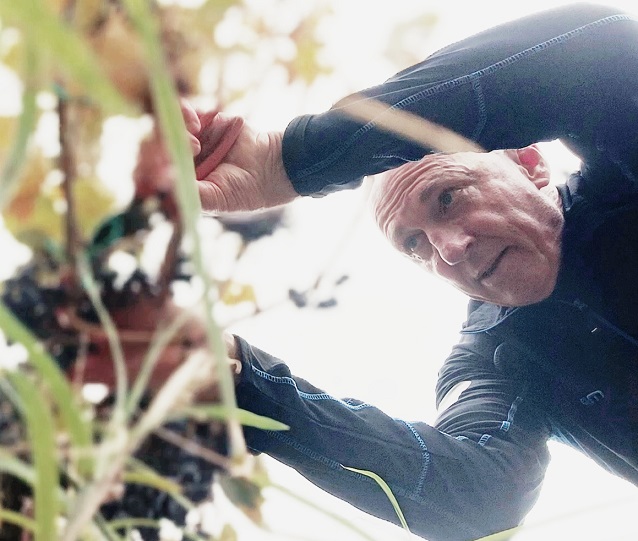
I don’t want to produce a wine that’s like one already in the company’s portfolio. If I take the time to visit a vineyard for a harvest, I want to produce something unique; something different for wine enthusiasts who have tried all the mainstream wines and are now feeling a little more adventurous. These are the wines I seek out.
A co-fermentation of indigenous grape Debine e Zezë and small amounts of French varieties Merlot, Pinot Noir and Syrah is certainly unusual. Blending it with a concentrated Mavrud is also unusual. But I want to push things a little further.
Among the 17 x 300L barrels, bought second-hand from Italy, I notice a mixture of French and Hungarian oak. I suggest to Bledar that after fermentation and MLF, we divide the blend equally between the different barrels and inox. I figure it will give us more blending options and provide some interesting results about the attributes of these materials in respect of Albanian winemaking.
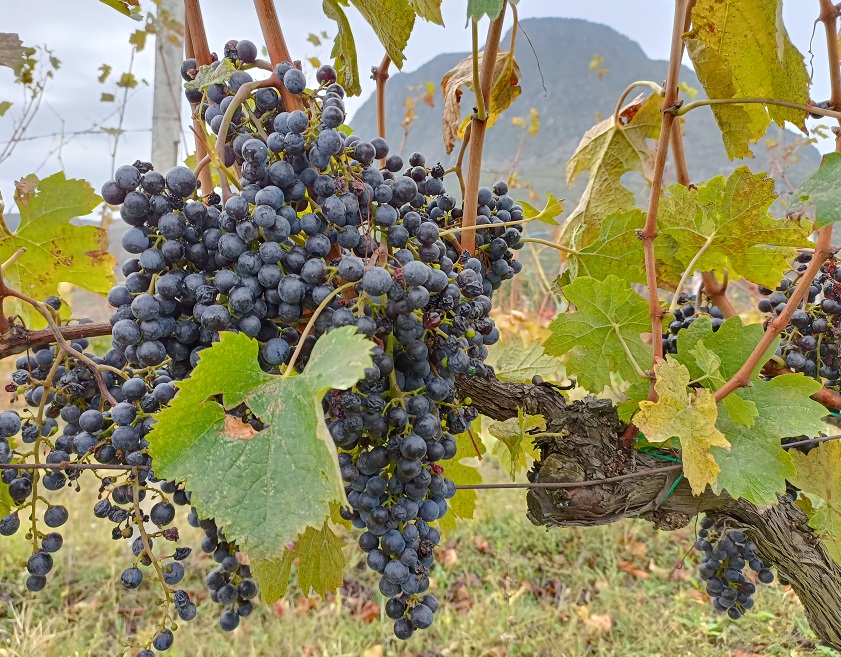
Before I fly out of Tirana, I check in on Bledar. He says the co-fermentation is a good colour and tastes “spicy”. The Debine e Zezë and Syrah appear to be elevating each other.
Then he sums up the vintage for me: “It was challenging but the product is good.”
But will it be a premium red? I’ll let you know…


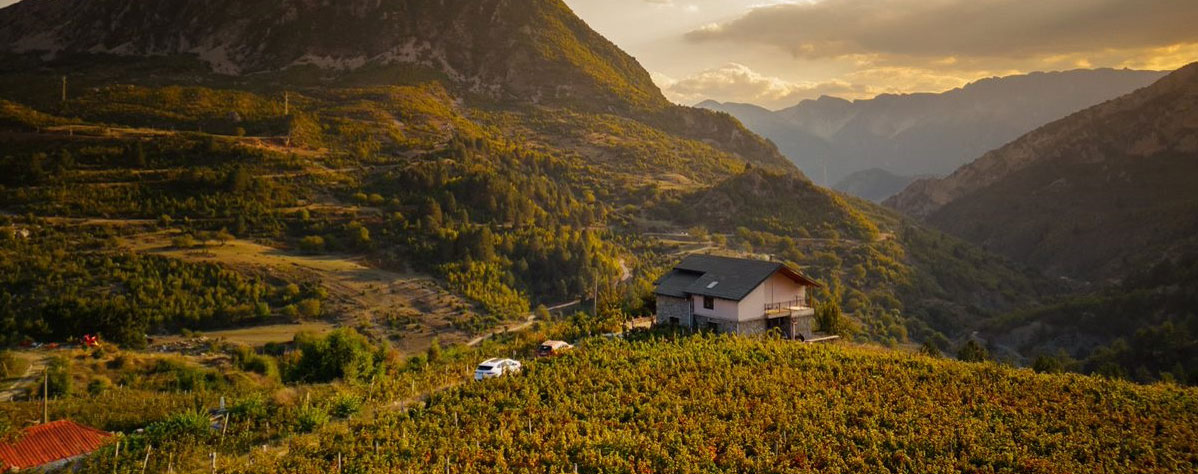










.png)






